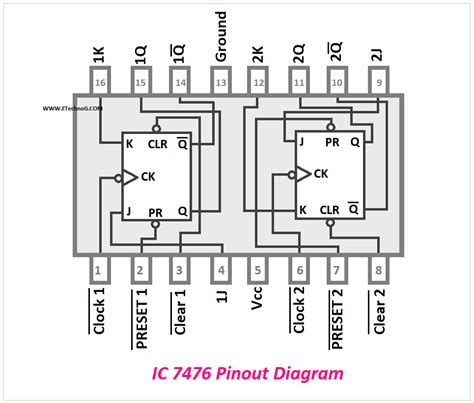
ALL ABOUT FLEX PCB
-
74ls76 pinout- A Complete Guide
Posted by
–
 Read more: 74ls76 pinout- A Complete Guide
Read more: 74ls76 pinout- A Complete GuideIntroduction to the 74LS76 The 74LS76 is part of the 7400 series of TTL (Transistor-Transistor Logic) ICs. It contains two independent J-K flip-flops with preset and clear inputs. Each flip-flop has two outputs: Q and its complement Q’. The IC is widely used in various digital circuits, such as counters, […]
-
 Read more: Annular Ring: The Ultimate Manufacturing Guide for Beginners
Read more: Annular Ring: The Ultimate Manufacturing Guide for BeginnersWhat is an Annular Ring? An annular ring, also known as a printed circuit board (PCB) annular ring, is a circular copper pad that surrounds a drilled hole on a PCB. The primary purpose of an annular ring is to provide a reliable electrical connection between the component lead and […]
-
Simple Micro Ampere Meter Circuit
Posted by
–
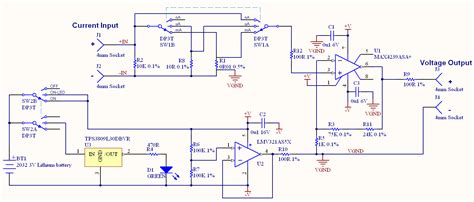 Read more: Simple Micro Ampere Meter Circuit
Read more: Simple Micro Ampere Meter CircuitIntroduction to Microammeter Circuits A microammeter is an essential tool for measuring small electric currents, typically in the range of microamperes (μA). These instruments find applications in various fields, including electronics, research, and industrial settings. In this article, we will explore the design and construction of a simple microammeter circuit […]
-
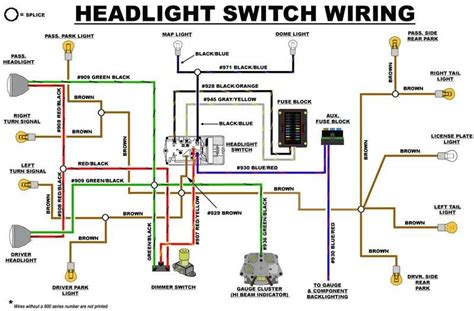 Read more: Shanghai Excelle not closed headlight reminder buzzer circuit diagram
Read more: Shanghai Excelle not closed headlight reminder buzzer circuit diagramExcelle headlight diagram Overview The Shanghai Excelle is a popular compact car model manufactured by Shanghai General Motors Company Limited. One of the important safety features in this vehicle is the headlight reminder Buzzer Circuit, which alerts the driver if they forget to turn off the headlights when exiting the […]
-
What is heavy copper PCB
Posted by
–
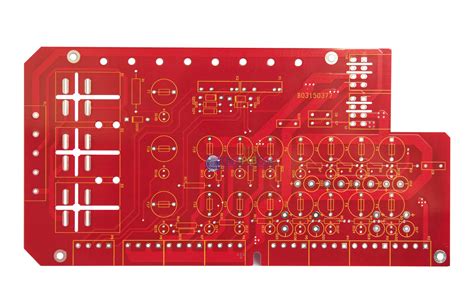 Read more: What is heavy copper PCB
Read more: What is heavy copper PCBKey Characteristics of Heavy Copper PCBs Copper Weight The primary distinguishing factor of heavy Copper PCBs is the increased copper weight. Standard PCBs typically have copper weights ranging from 0.5 oz to 2 oz per square foot. In contrast, heavy copper PCBs can have copper weights of 3 oz, 4 […]
-
Understanding annular rings
Posted by
–
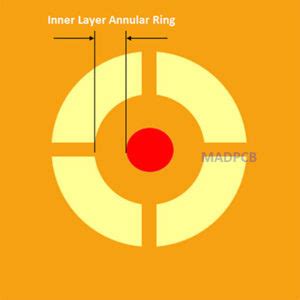 Read more: Understanding annular rings
Read more: Understanding annular ringsWhat are Annular Rings? Annular rings, also known as fiducial rings or alignment rings, are concentric circular features on printed circuit boards (PCBs) that provide a reference point for automated assembly machines and optical inspection systems. These rings help ensure precise alignment and positioning of components during the manufacturing process, […]
-
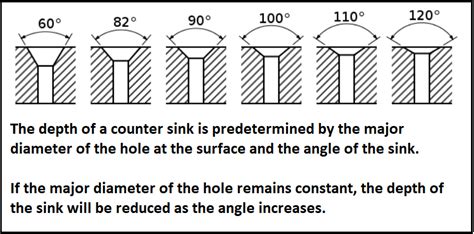 Read more: What is the difference between a countersink and a counterbore in a PCB
Read more: What is the difference between a countersink and a counterbore in a PCBIntroduction to Countersinks and Counterbores in PCB Design When designing a printed circuit board (PCB), it’s essential to consider the various components and their mounting requirements. Two common techniques used for accommodating screw heads or other fasteners on a PCB are countersinking and counterboring. While both methods create recesses in […]
-
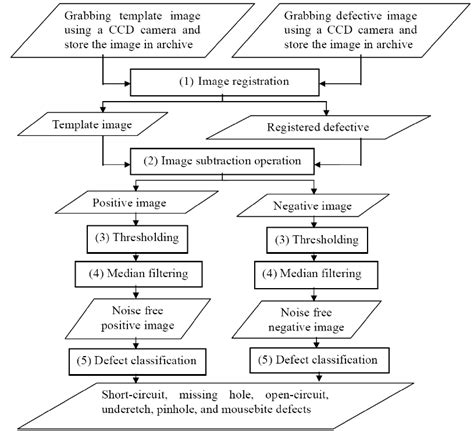 Read more: PCB Classification – pattern class and drill class
Read more: PCB Classification – pattern class and drill classIntroduction to PCB Classification Printed Circuit Boards (PCBs) are essential components in modern electronics, providing a platform for mounting and interconnecting electronic components. To ensure proper manufacturing and assembly, PCBs are classified based on various criteria, such as the number of layers, component density, and hole size. Two key aspects […]
-
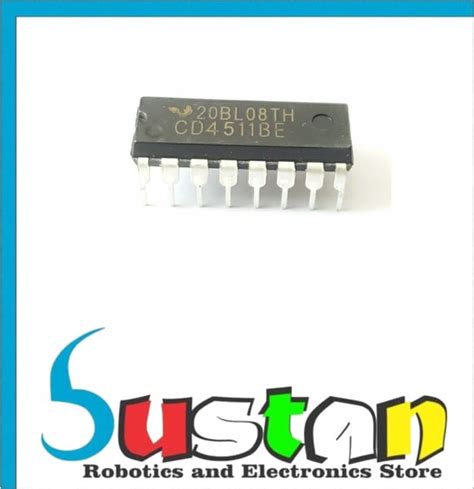 Read more: CD4511be: Pinout, Application, Features, Operation of the Decoder Driver
Read more: CD4511be: Pinout, Application, Features, Operation of the Decoder DriverOverview of the CD4511BE The CD4511BE is a 16-pin DIP (Dual Inline Package) chip belonging to the 4000 series of CMOS logic ICs. Its primary function is to convert a 4-bit BCD input into the corresponding 7-segment display code and provide the necessary drive current to directly power a LED […]
-
 Read more: Transistor Coding – The 4 Standard Coding Schemes
Read more: Transistor Coding – The 4 Standard Coding SchemesWhat is Transistor Coding? Transistor coding is a standardized system used to identify and classify transistors based on their electrical characteristics, package type, and manufacturer. These coding schemes provide a concise and universal language that allows engineers, technicians, and hobbyists to quickly identify and select the appropriate transistor for their […]




